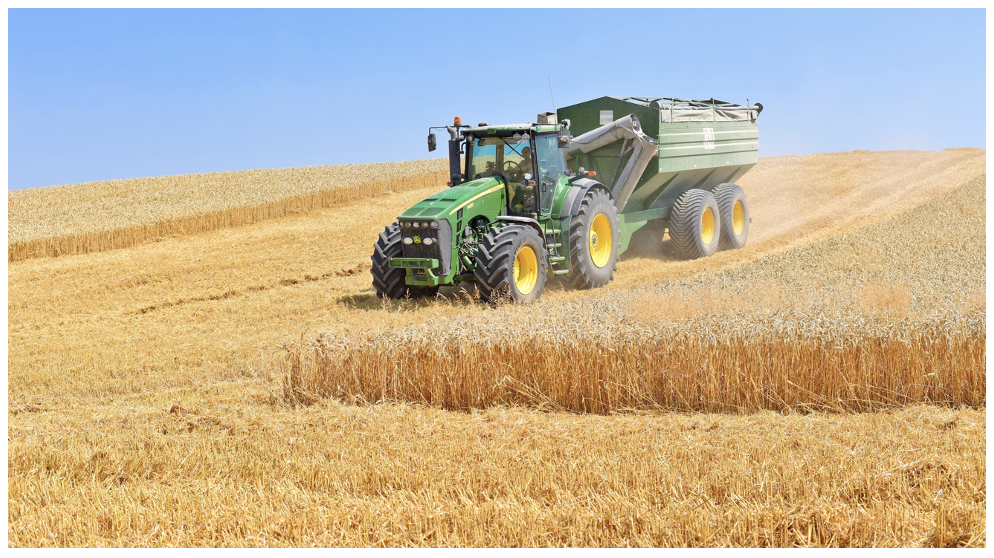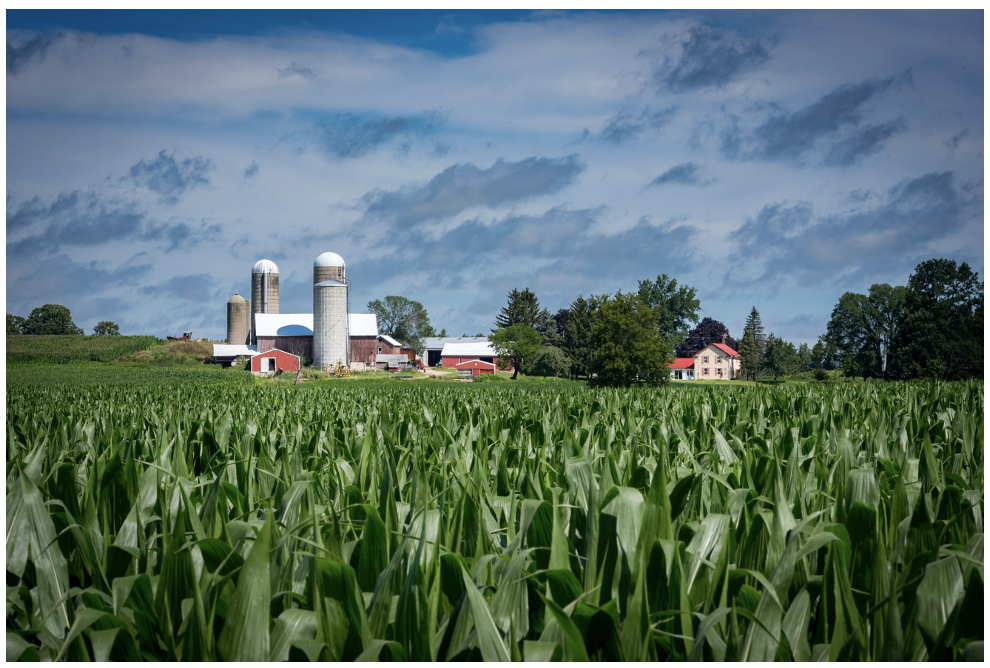- Grains production around the world is suffering.
- High fertilizer prices are increasing operating costs.
- Last week’s WASDE reduced corn and soybean production estimates.
Nixal’s Forecast
Our 2021/22 price forecast for Chicago corn (Sep/Oct) remains unchanged in a range of 4.5 to 5 USD/bu. The average price since the start of the new crop is running at 5.22 USD/bu.
Market Commentary
Last week’s October WASDE was negative for corn and soybean, but supportive for wheat. Wheat couldn’t keep up after an initial rally and fell, pressed by larger falls in corn and soybean. Grains in all geographies had recovered by the end of the week, though corn closed the week negative in both Chicago and the EU, while wheat had weekly gains.
Besides the WASDE, we also had the China’s CASDE, which marginally cut corn production. France Agrimer also its wheat production forecast and increased its corn forecast. All agencies released projections pointing to the same direction: more corn and soybeans, and less wheat.
Corn and soybean also fell in Brazil on the back of higher supply and reports of minimal storage forcing farmers to sell (to make room for the new harvest).

The October WASDE lowered old crop corn production by 71m bu. There was also a 128m bu reduction for feed consumption, a 3m bu reduction for ethanol usage, and a small increase of 8m bu for exports. The final impact to closing stocks 49m bu of higher carry out (or 8.3% of stock-to-use vs. 7.9% in September).
The new crop acreage was left unchanged, and yields were revised slightly higher, increasing production by just 23m bu. Demand was reduced by 50m bu and exports increased by 25m bu. All in all, ending stocks were increased by 92m bu, but half of it came from higher opening stocks. Stock-to-use is now 10.1% vs. the 9.5% stated in the September WASDE.
We were surprised by the confirmation and upward revision to the yield given the poor conditions we’ve had until now. This makes us think there’s still risk of lower yields once the harvest has finished.
US corn condition improved and now sits at 60% good-to-excellent, up 1% year-on-year. Harvesting is 41% complete, up 10% from the five-year average.
The 2021/22 global corn crop estimate was increased by 4m tonnes in ending stocks, and there’s a stock build of 12m tonnes between initial and ending stocks. Aside from the small changes mentioned to US production, Ukrainian production was reduced by 1m tonnes, with no other material changes.

In Brazil, soybean planting has improved significantly and is 10% complete, up 6% year-on-year. Ample rains have increased soil moisture and have not delayed planting activities. This is important as the second corn crop is planted after soybeans are harvested.
The CASDE reduced its corn production for 2021/22 to 270.96m tonnes, down from 271.8m tonnes before, thanks to lower yields. It left corn imports unchanged at 20m tonnes. The USDA is forecasting 273m tonnes and 26m tonnes for production and imports, respectively.
Rains are on the cards in the Midwest, which should delay the quick corn harvest pace we’ve had until now.

For wheat, the October WASDE left the old crop unchanged but new crop ending stocks were reduced by 35m bu on the back of lower production. Harvested acreage was reduced by 1m and yields were reduced by a marginal 0.2 bushels per acre (bpa). Imports were reduced by 10m bu, feed demand was reduced by 25m bu and exports were left unchanged. Ending stocks are now 580m bu vs. the September WASDE’s 615m bu.
The 2021/22 world wheat crop saw a reduction of 6m tonnes in ending stocks and there’s stock destruction of 10m tonnes between initial and ending stocks. Besides the mentioned changes to US production, Canada was reduced by 2m tonnes, with no other material changes.
France Agrimer lowered its wheat production number 900k tonnes to 35.2m tonnes.
The Russian spring harvest is 95% complete and the volume harvested is of 76.4m tonnes, well above the USDA’s 72.5m tonne forecast. This should have been bearish but was shadowed by the supportive WASDE.
The Chinese government said it will impose export inspection on 29 types of fertilizers starting on the 15th October. The goal is to secure domestic supply and includes urea, nitrogen, phosphate, and some others.
Despite the yield confirmation for corn in the US, we think we could still see a downward revision once the harvest has finished.
In the short term, prices should remain under pressure while the harvest continues to make good progress. There should also be a risk to winter wheat production globally, which is being planted now, due to the very high fertilizer prices. This should keep a risk premium on wheat prices.

Other Opinions You Might Be Interested In…





